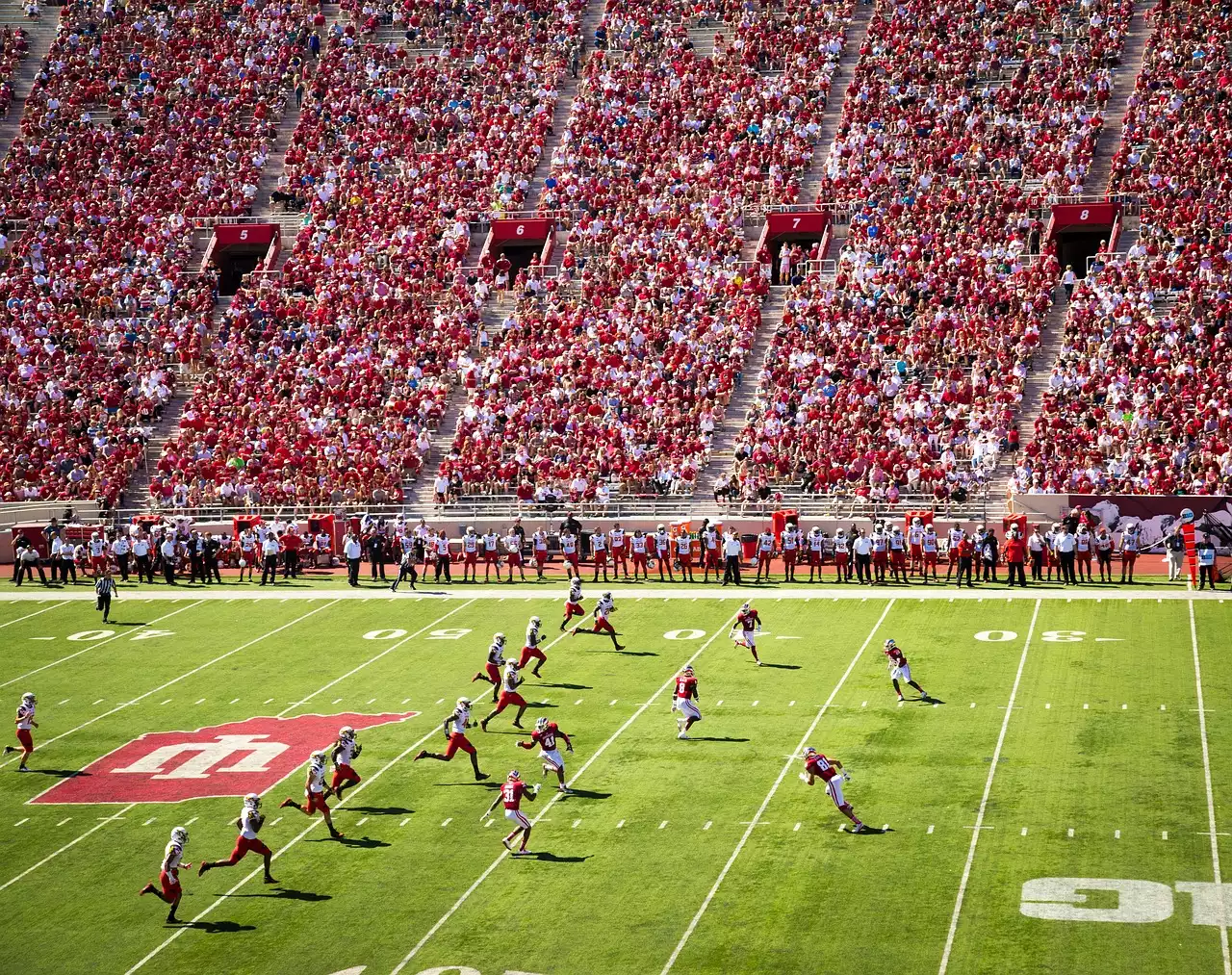What protective equipment do I need for rugby training?
When playing rugby, it is important to wear the right protective equipment to ensure your safety. The type of protective equipment you should wear will depend on your position and the level of intensity of the game. If you are playing a beginner’s game, then you may not need as much protection as someone playing competitively. However, regardless of the level of play, it is important to wear the appropriate protective equipment to ensure your safety.
The most common pieces of protective equipment in rugby are headgear, shoulder pads, mouthguards, and studded boots. Headgear is designed to protect the head from collisions and falls. Shoulder pads protect the shoulders and chest area, reducing the risk of injury from hard tackles. Mouthguards are designed to protect the mouth and teeth from injury and are often required for competitive matches. Finally, studded boots provide extra grip and stability, reducing the risk of slipping and falling during the game.
Benefits of using protective equipment
Using the correct protective equipment can provide numerous benefits for players. The most obvious benefit is the reduction of injury risk. By wearing the appropriate protective gear, you can help to protect yourself from potential injuries and reduce the severity of any injuries you may incur.
In addition to reducing the risk of injury, wearing the right protective gear can also help to improve your performance on the field. For example, headgear can help to protect your head from impact, allowing you to focus more on the game and less on worrying about potential injuries. Similarly, wearing studded boots can provide extra grip and stability, enabling you to move more quickly and confidently on the field.
Types of protective equipment for rugby
There are a variety of different types of protective equipment that you can use in rugby. Each type of protective gear provides additional benefits and should be chosen based on your needs and preferences.
a. Headgear
Headgear is designed to protect the head from potential injuries. It is usually made from a lightweight material such as foam or plastic and is designed to absorb the impact of collisions and falls. Headgear is typically worn over the head and covers the face and ears. When choosing a headgear, it is important to ensure that it is the correct size and fit for you.
b. Shoulder pads
Shoulder pads are designed to protect the shoulders and chest from potential injuries. They are usually made from a lightweight material such as foam or plastic and are designed to absorb the impact of tackles. When choosing shoulder pads, it is important to ensure they are the correct size and fit for you.
c. Mouthguards
Mouthguards are designed to protect the mouth and teeth from potential injuries. They are typically made from a durable material such as plastic or rubber and are designed to absorb the impact of collisions. Mouthguards are usually worn over the teeth and cover the mouth and jaw. When choosing a mouthguard, it is important to ensure that it is the correct size and fit for you.
d. Studded boots
Studded boots are designed to provide extra grip and stability on the field. They are typically made from a durable material such as leather and are designed to provide extra traction on the turf. Studded boots are usually worn over the feet and provide extra grip and stability when running and changing direction. When choosing studded boots, it is important to ensure that they are the correct size and fit for you.
How to choose the right protective equipment
When choosing your protective equipment, it is important to consider the type of rugby you will be playing, the level of intensity, and the position you will be playing. For example, if you are playing a beginner’s game, then you may not need as much protection as someone playing competitively. Additionally, it is important to ensure that the equipment you choose is the correct size and fit for you.
It is also important to consider the quality of the protective gear. It is best to choose protective gear that is made from durable materials and is designed to absorb the impact of collisions. Additionally, it is important to ensure that the gear is well-maintained and regularly replaced to ensure maximum protection.
How to properly care for your protective equipment
Properly caring for your protective equipment is essential to ensure that it is in good condition and provides adequate protection. It is important to clean your protective gear after each use to remove dirt and sweat. Additionally, it is important to inspect your gear regularly to ensure that it is free from rips and tears. If any of the gear is damaged, it is best to replace it as soon as possible to ensure your safety.
It is also important to store your gear properly. It is best to store your gear in a dry, cool place away from direct sunlight. Additionally, it is important to ensure that your gear is stored in a place where it is safe from potential damage.
Tips for proper use of protective equipment
When using your protective gear, it is essential to take the necessary precautions to ensure your safety. It is best to put on your gear before each game and make sure that it is properly secured. Additionally, it is essential to ensure that the gear is properly adjusted to fit your body.
It is also important to take the necessary precautions when using your gear. It is best to avoid using your gear in contact situations or when playing in wet or muddy conditions. Additionally, it is important to ensure that the gear is not causing any discomfort or hindering your performance.









